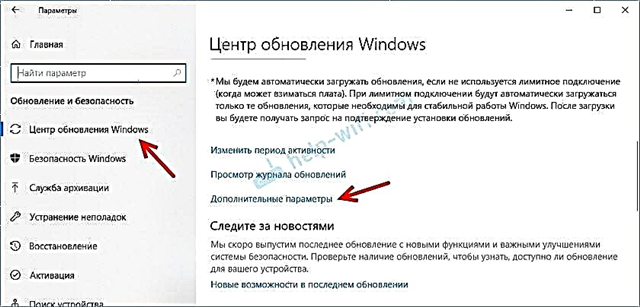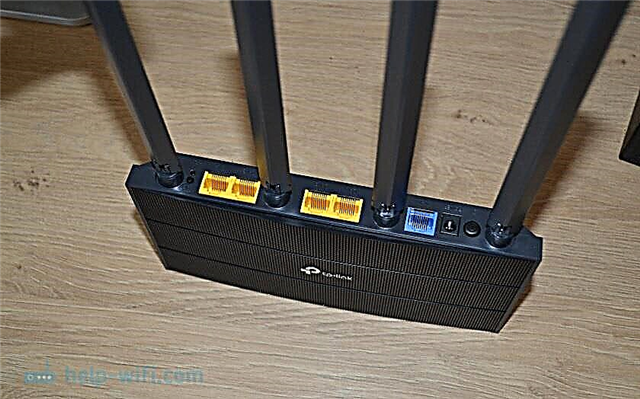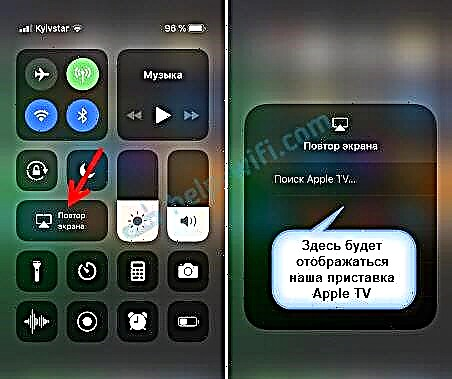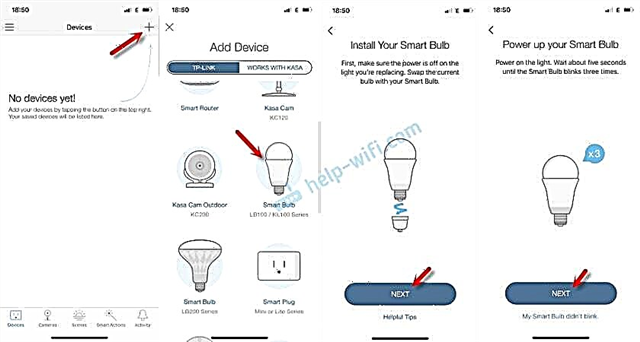Recently I got acquainted with smart bulbs from TP-Link. I want to share with you my impression and tell you what these devices are and how they work. I will show you how to connect a smart light bulb and control it from a mobile device through a special application. Perhaps you are thinking about buying a smart light bulb, but do not fully understand how these devices work and how they differ from the "dumb" light bulbs. Where can they be used and what are their advantages. Now I will try to clarify this issue a little.
In the line of smart bulbs that are presented on our market, there are four models: LB100, LB110, LB120 and LB130.
- TP-Link LB100 is the youngest model. The aperture is 600 lumens. Power consumption 7 W. Color temperature 2700K.
- TP-Link LB110 - compared to the first model, the aperture has slightly increased (800 lumens). Power consumption 10 watts. The color temperature is also 2700K. There is a monitoring function for energy consumption.
- TP-Link LB120 - 800 lumens brightness. Light temperature 2700K - 6500K (in this model it became possible to change the light heat settings). Power consumption 11 watts. Circadian mode, in which the light bulb automatically changes the brightness and warmth of the light over time (to simulate natural lighting).
- TP-Link LB130 - this model has the ability to change the color (2500K-9000K and full spectrum RGB). Other functions and capabilities that younger models have are also available.
All of them have excellent energy saving, connect to your Wi-Fi network and can be controlled from a smartphone or tablet through the Kasa app. You can manage not only on the local network, but also via the Internet (through an account). If necessary - from different devices. All models have a brightness adjustment function and the ability to configure the on and off on a schedule. But depending on the model, there are differences in specifications and functions.
I have two bulbs: LB110 and LB130.

I have been using the TP-Link LB130 bulb for several weeks now. LB110 today also configured and tested in operation. The setup is very simple, but there are complaints about the instructions that come with the kit. It shows that the mobile device needs to be connected to the Wi-Fi network of the router. But first, you need to connect it to the Wi-Fi network of the bulb itself, for configuration. Perhaps I misunderstood something.
Connecting and configuring a TP-Link smart light bulb
I will show it using the example of TP-Link LB130. The setup process will be the same for all models. The only difference is in the functions that are available after configuration.
We take a light bulb and screw it into our chandelier, floor lamp, sconce, etc. We turn it on with a switch. The light bulb needs a constant power supply for normal operation. The light will blink several times and stay on.

Install the Kasa application on your phone or tablet (from the App Store, or Google Play). Next, open the Wi-Fi settings on the phone and connect to the Wi-Fi network of the smart light bulb. The network will be something like this: "TP-Link_Smart Bulb_". No password.
If the light is on, but the Wi-Fi network is not distributing, then perhaps it is already configured. You need to do a factory reset. This can also come in handy if you want to reconfigure the light bulb, connect it to a different Wi-Fi network.
To reset the settings, you need to turn it off using the switch. And then turn it on and off 5 times. Turning on the light, it should blink several times. This means that the settings have been reset to factory defaults.

After connecting, open the Kasa app. You can immediately create an account and log in (to control the lights over the Internet, even when you are not at home). Click on the "Add device" button. We select the type of device. Instructions appear. Click "Next" and again "Next" (if the light is already on).

Next, the search and connection to the light bulb will begin. If your device is connected to the light bulb's Wi-Fi network, a field will appear where you need to set a name for the light bulb and click "Next". In the next step, select the icon. We connect the light bulb to our Wi-Fi network. You need to provide a password for your Wi-Fi. If you need to select another Wi-Fi network, just click on it and select your network from the list (as I understand it, the application automatically selects the Wi-Fi network with the strongest signal).

If you entered the Wi-Fi password correctly and the light bulb was able to connect to your wireless network, then the connection process is complete. The Kasa app will display a list of devices where the bulb will be installed.

If the list does not appear, then make sure that the mobile device is automatically connected to your Wi-Fi network (from a router). After setup, the light bulb no longer distributes the Wi-Fi network.
TP-Link Smart Lamp Control
Let me remind you that I connected the LB130 model. This means that if you have a different model, the settings in the Kasa app may differ. For example, there will be no color management. You can turn the lamp on and off, as well as change the quick settings (color and brightness, activate the circadian mode) from the window where the entire list of devices is displayed. There you can also open the Kasa app settings and manage your account. If you are logged into the Kasa app, the added devices are automatically attached to your account. And you can control them over the Internet, not just from home (over a local network).

Selecting the light bulb will open the advanced settings. Where can I change the brightness and color (if you have an LB130 bulb). If you press the "AUTO-WHITE" button in the color settings, then the circadian mode will be activated, which will automatically adjust the brightness and warmth of the light depending on the time of day.

I took some photos.

And further.

By opening the settings for a particular light bulb, you can change its name, icon and status. Disable remote access (over the Internet). Set time settings and view information about the light bulb. You can also delete it there.

Opening the "Schedule" tab, you can create a schedule according to which our smart bulb will shine.

And on the "Usage" tab you can see statistics on electricity consumption.

Everything is intuitive there. Despite the fact that the Kasa app interface is in English. I hope there will be a version in Russian and Ukrainian. And I would also like to be able to create widgets on iOS devices for quick control.
The light bulb works stably. I have it connected to the power supply all the time (it should be so), I control it only from the phone. In principle, it can be used as an ordinary light bulb, switched on / off via a switch. Cool device, I really liked it. And if I never found a use for a smart socket, I use a smart light bulb every day. I turn it on as additional lighting. By changing the color and brightness, you can create a special atmosphere in the room.











